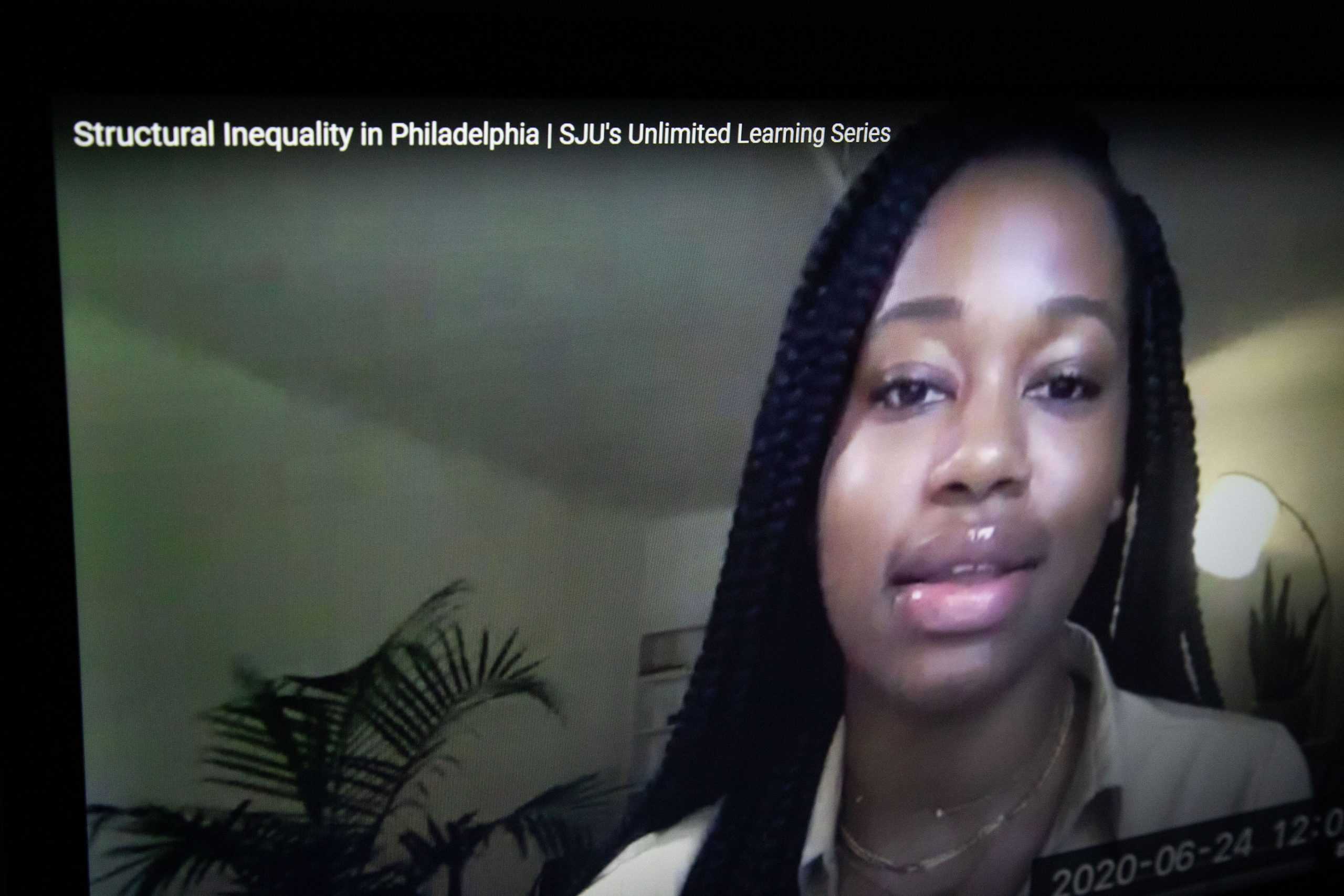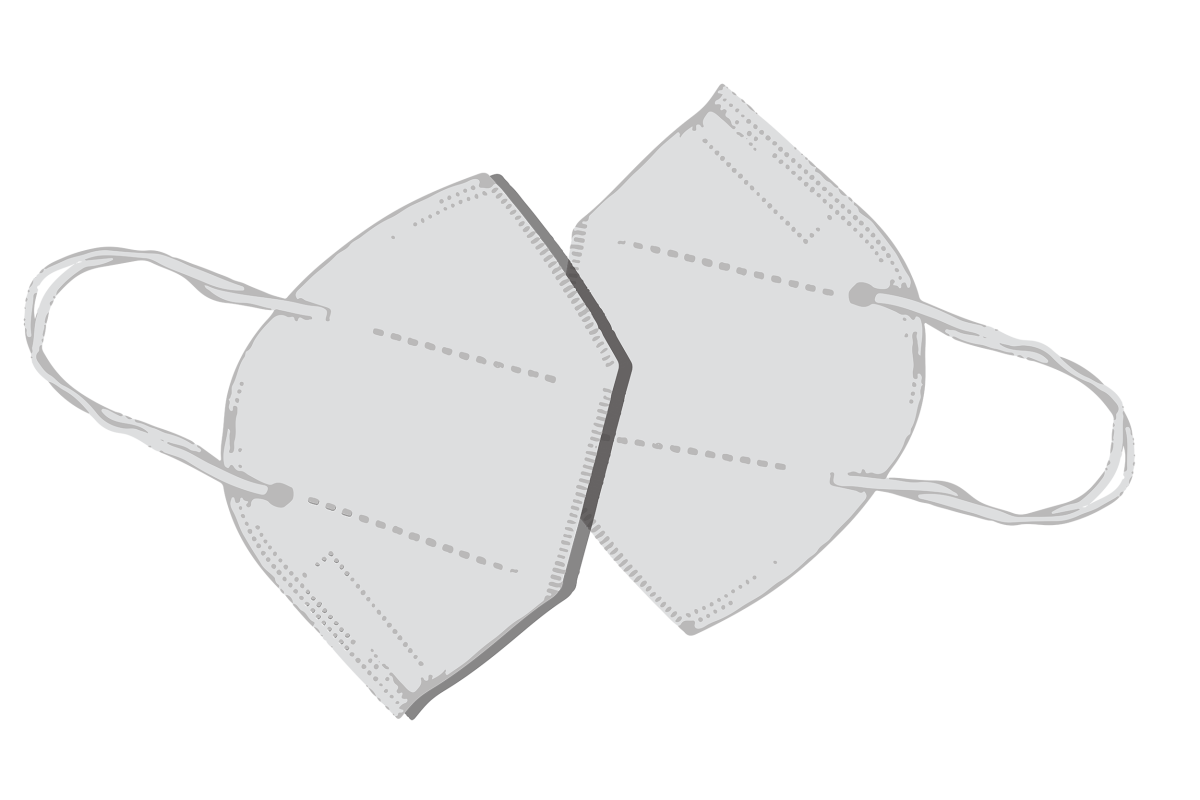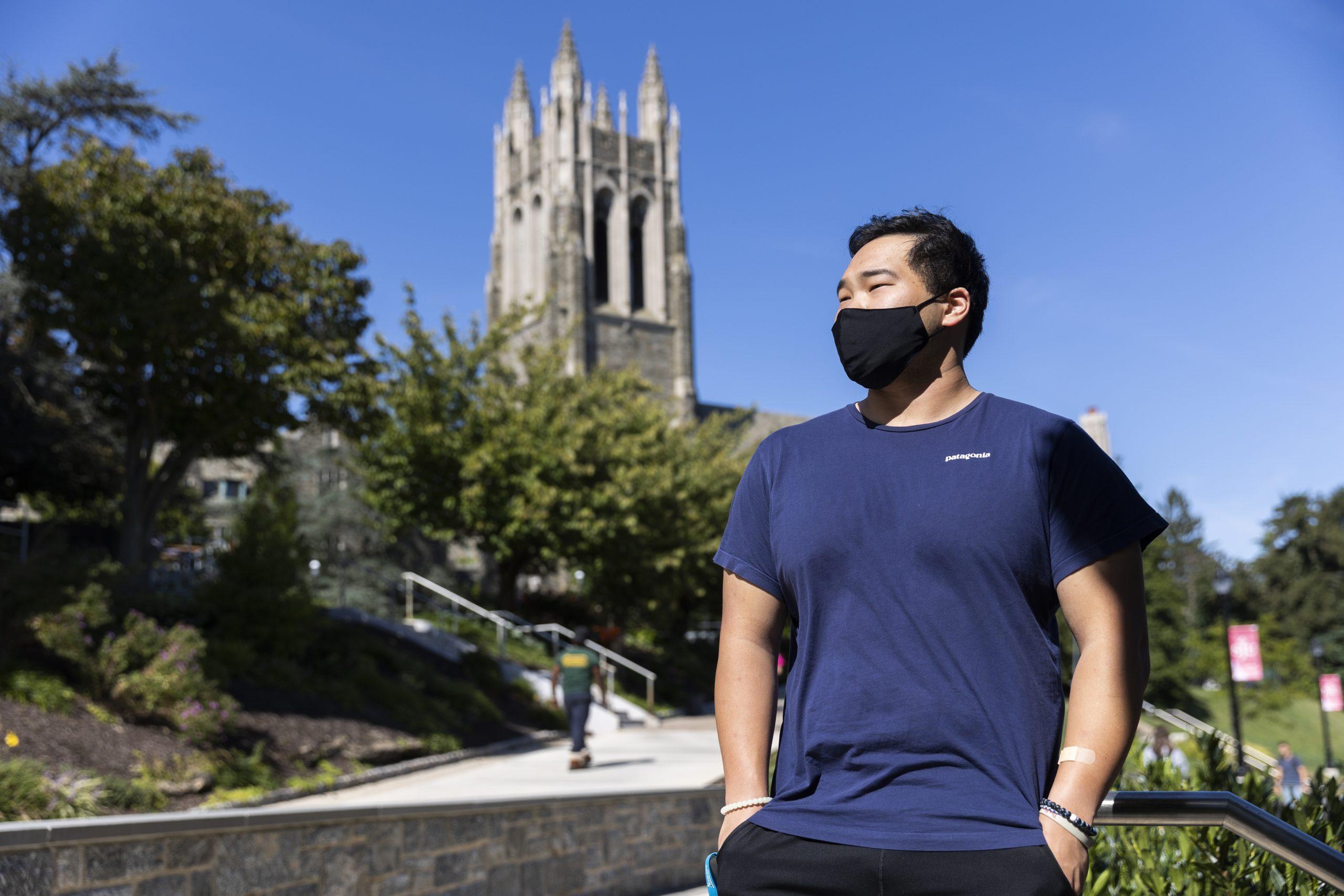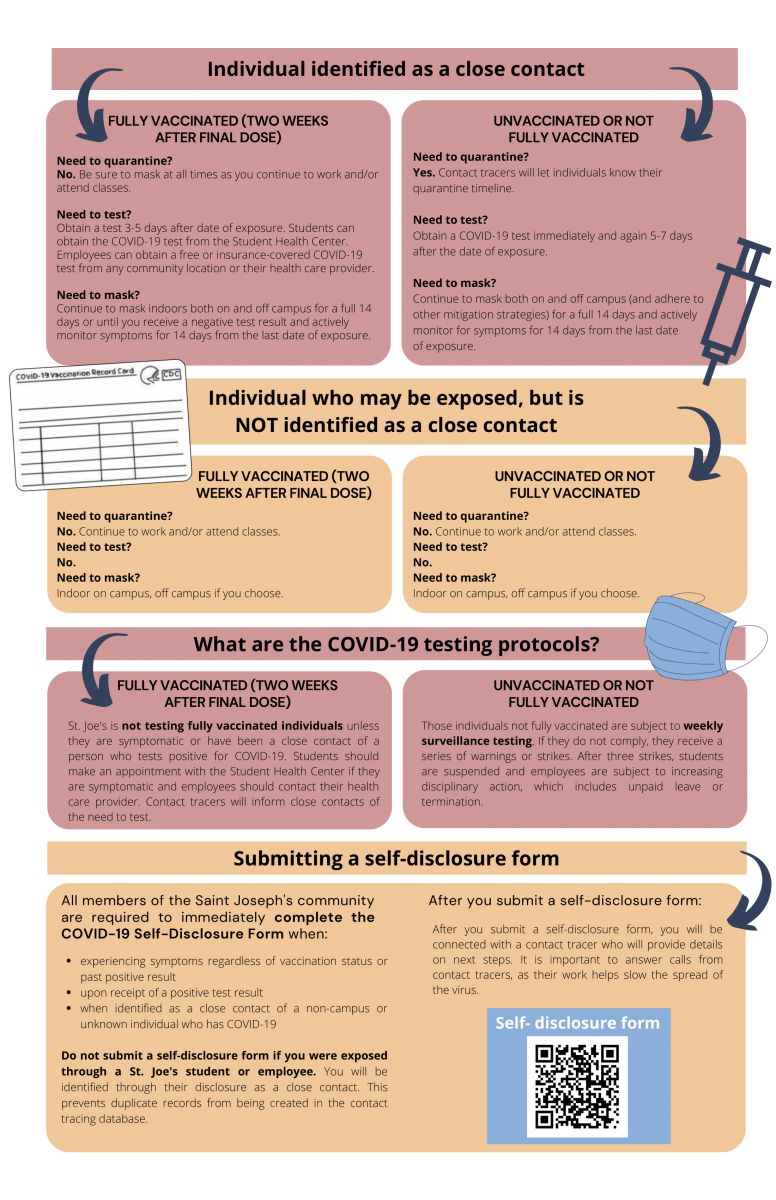St. Joe’s held the virtual seminar “Structural Inequality in Philadelphia: What Citizens Can Do to Help” via Zoom on June 24 as part of the university’s Unlimited Learning Series.
The hour-long seminar was one of the Unlimited Learning series of virtual webinars held over Zoom with university experts and community members. Previous topics have been about the role of information security during the coronavirus epidemic and the economic impact of the coronavirus.
This seminar was hosted by Imani Briscoe ’17, experiential programmer for the Center for Inclusion and Diversity. The June 24 session focused on how the pandemic has exacerbated systematic inequalities in Philadelphia.
“With recent national events drawing even more attention to systematic racism at large, the topic is an important one for Philadelphians to face head on,” Briscoe said in her introduction.
As the coronavirus swept through Philadelphia, the pandemic highlighted deep systemic inequalities in the city and emphasized pre-existing disparities in public health, access to education, employment and housing between socioeconomic classes. The seminar also focused on what community members can do to help narrow the gap.
Briscoe asked questions to a panel consisting of Susan Clampet-Lundquist, Ph.D., professor of sociology and author of “Coming of Age in the Other America,” Keith Leaphart ’01, MBA, D.O., chair of the Lenfest Foundation and president and CEO of Replica Creative, and Nicole Stokes, Ph.D., associate provost of diversity, equity & inclusion.
In the wake of protests against police brutality and calls for police reform, Stokes drew comparisons between law enforcement and academia.
“I think there is a parallel between law enforcement and higher education in the regard that both are critical social institutions but both are also disproportionately white,” Stokes said. “The experiences of scholars and students of color are notably different from our majority constituents at the same institution, and these different experiences reflect the inequalities that exist in the academy at large.”
The speakers also discussed how structural inequality affects the St. Joe’s community and how City Avenue acts like a dividing-line right through campus between Black and white residents of neighboring communities.
“On one side we have the Lower Merion school district where, last time I checked, the revenue per student was about $28,500. On the other side in Philadelphia, it is literally half that,” Clampet-Lundquist said. “[There are] half the amount of resources coming into our students, yet we have the same expectations.”
Stokes and Leaphart noted the danger of a long-term economic impact if we don’t address structural inequalities.
“We’re creating a society, and literally creating a permanent underclass of people,” Leaphart said. “We need to wake up and realize that these divisions that we create amongst ourselves, a lot of them historically have been based upon race.”
Viewers of the seminar were also polled over Zoom about their thoughts and views on systemic racism and how to face their own biases. When asked if they agreed that structural inequality existed, 115 of the 159 voters said they strongly agreed, 30 said they agreed, 5 said they neither agreed or disagreed and 9 said they strongly disagreed.
“We cannot deny that there has been a foot, or a knee, on the neck of Black people in this country for far too long,” Leaphart said. “We’ve reached a critical moment where the young people who said this can’t happen anymore. The time is now.”



















































